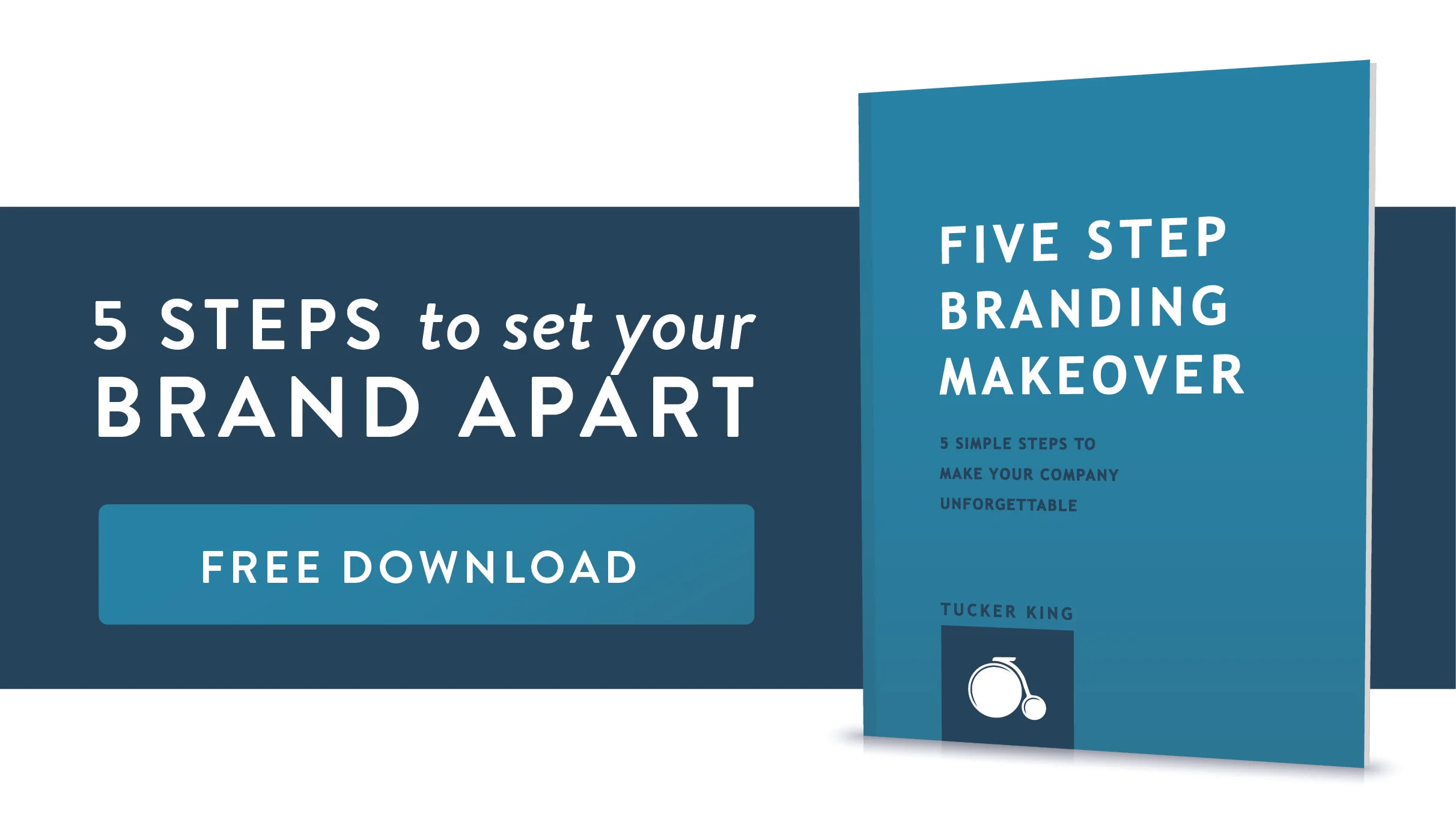3 Steps to a Failproof Elevator Pitch
When I first started out in business, I would go to networking events and have people ask the typical questions of who I am and what I do, and my answers were never very well thought out. It usually went something like this:
"It's nice to meet you, Tucker. What do you do?"
"Oh, I design logos and print products for people. You know, things like brochures, business cards, postcards, signage..."
Then the person, not hearing anything that can really help them, responds, "Okay, cool," and moves on to the next person in the group.
Maybe your networking experiences are similar. I began to realize than no one is interested in my product list or what I'm trying to sell them. At least, not as a first impression. They want to hear what my company is all about and, mostly, why it matters to them. So, my approach began to shift to this:
"It's nice to meet you, Tucker. What do you do?"
"Well, so many small businesses don't have branding that clearly communicates who they are to the people they're trying to reach. So I help business owners clarify what their company is about, and I design branding and marketing materials so they can communicate that to people effectively."
Now, I won't say this works every time, but the concept of connecting clearly with their audience hits on a much more meaningful level than thinking about if they need the exact products I'm listing.
Let's look at the 3 subtle parts that make up my introduction and how you can apply these to your own networking. If you take this approach with your elevator pitch, you'll see the how quickly people track with you as the solution to all their problems.
1. the Problem
Everything starts with the internal problem that your clients need solved. The goal here is to really capture their attention. If you resonate with some kind of internal pain in their lives, they will be all ears. For me, the problem I point out is that generic or bad branding leads to a disconnect with customers.
What fear can you remove from your customers? Point this out and they will be primed and ready for a solution.
2. the Solution
The moment when customers feel like you really get them is when you offer the perfect solution to their problem. Think of it as the aspirin to their pain point. Bonus points if you offer a solution that only your brand can deliver.
What sets you apart from your competitors? If you form your solution around what makes your company different, not only will your clients believe you understand their problem, but they will also be amazed that your unique product, service or process has been specifically designed to help solve it.
3. the Reward
Hopefully, potential customers will now be convinced you are the right choice for them. This last step will help give them a clear sense of the benefits of working with you – a picture-perfect ending to solving their internal problem.
Think of the reward as more than just “your life will be better.” The reward should describe how their life changes as a result of working with you. This is where you get to describe the transformation that’s possible when their pain goes away. For me, the reward I offer is connecting with customers clearly and effectively, and ultimately, what this leads to is a flourishing business.

